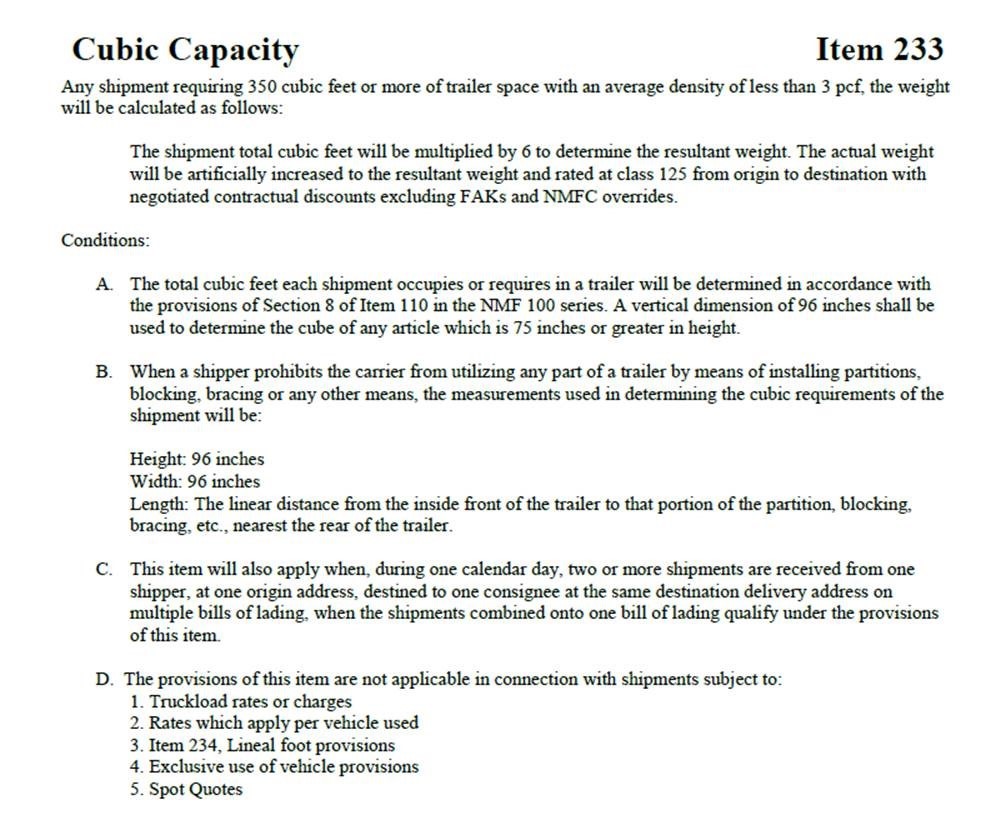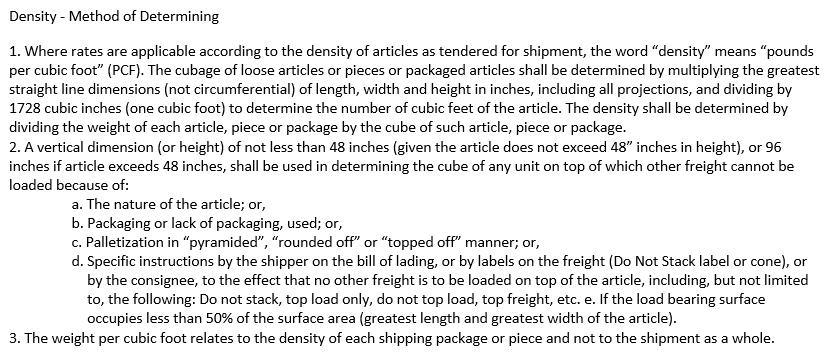Reconsignment – Here’s a shipping term that you might be familiar with if you’ve ever had a change of plans with your freight. A reconsignment happens when freight that is already in transit is re-directed from one delivery location to another. This charge can vary based on how far apart the delivery locations are. For instance, if the new location is just down the street, the charge will probably be minimal. However, if freight was heading to California and is being reconsigned to Florida, you will be in for a hefty reconsignment fee.
We get a lot of groans when we have to quote people for the cost of a reconsignment so we wanted to highlight the process so you can educate your customers as well:
- We have to send written authorization to make the change to the carrier. A Bill of Lading is a legal contract, so any changes made must be in writing. Authorization must be made by the shipper or paying party always.
- The carrier will enter the information into their online system and image your authorization.
- A rating analyst reviews the request, verifies that we have authorization to make the change, and completes the request.
- Notification is sent to the terminal who currently has, or if it is in transit, who will have the freight.
- New labels have to be generated and put on the freight.
Typically, your charges end up being broken down into the cost from origin to reconsignment point, and reconsignment point to new destination, and fees for marking and tagging of the freight. If your freight has to backtrack, you will pay for every mile it has traveled.
GREAT EXAMPLE: If it was originally to go from NY to CA, but then once it reached Chicago you turned it back around to PA, you are paying NY to Chicago and Chicago to PA, not just NY to PA.
Important points to note as well:
- If you are not the shipper or paying party, you cannot use your authorization to make changes to the BOL.
- If your name doesn’t appear anywhere on the BOL, see #1 above.
- If the driver arrives and you say that it needs to go to a different address across town, this constitutes both reconsignment AND redelivery. And it can’t be done without authorization, as above.
This process actually represents a significant amount of labor time and fuel. Even a local reconsignment (change in address within a local terminal service area) requires these steps.
All carriers want to make money on this deal. Nothing is done at cost. But time is money, and the cheapest option is to always do it right the first time.


